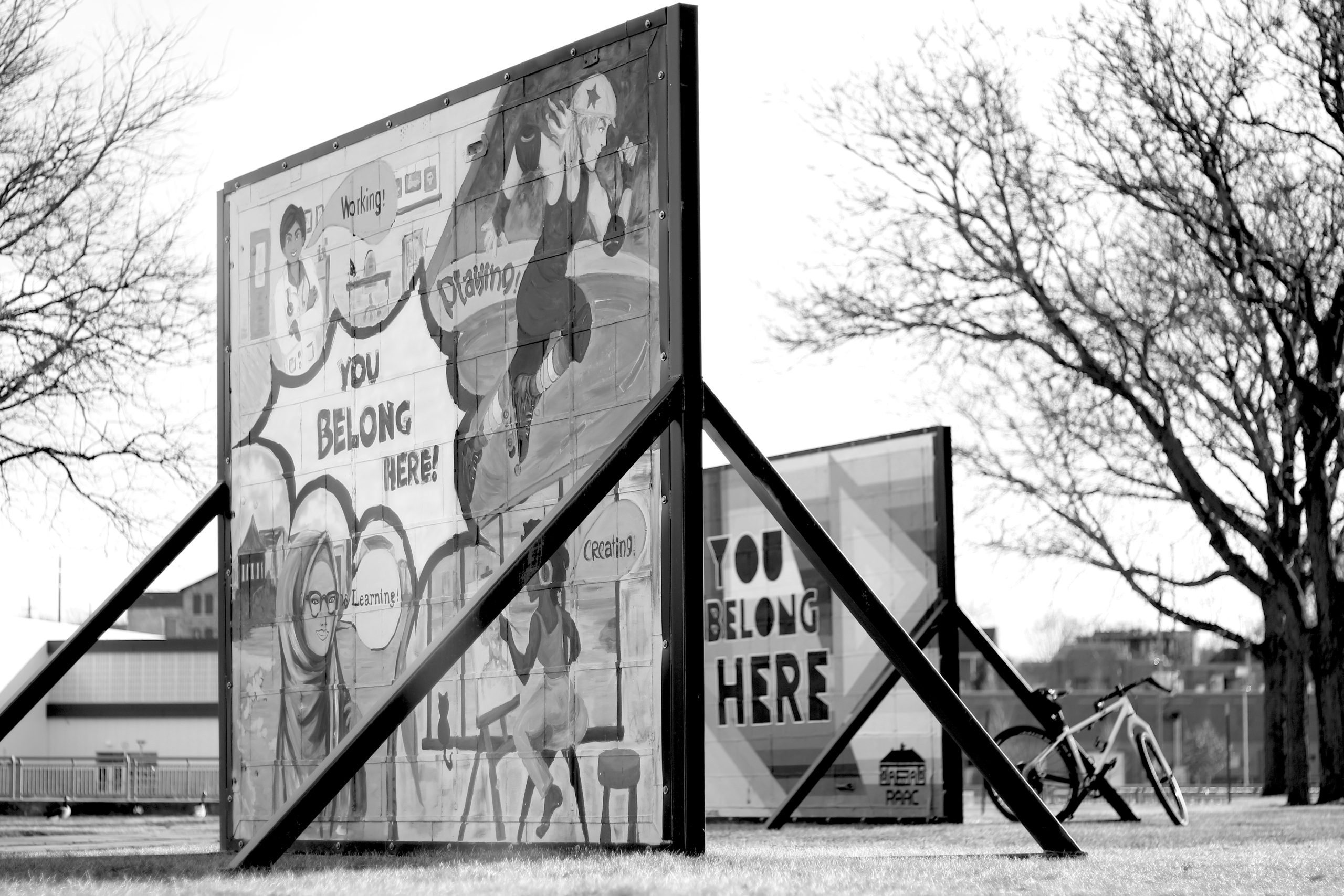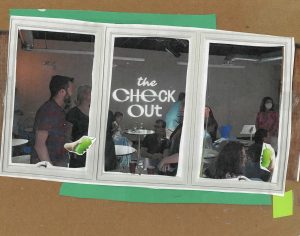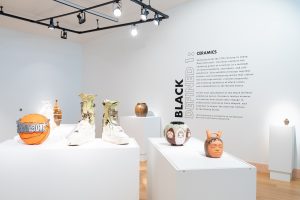Looking at a map of northern Illinois, you’ll find Rockford halfway between Lake Michigan and the Mississippi River, a location so neatly symmetrical that 19th-century settlers from New England called it Midway. Geographically bisected by the Rock River and culturally straddling the rural-urban divide, this post-industrial city of nearly 150,000 people also represents a midpoint in my coming of age. Raised in a smaller town 30 miles to the west, I spent much of my teens commuting to high school, violin lessons, and theater rehearsals in Rockford before moving to bigger cities and ultimately landing in Chicago.
For several of the contributors to The Rockford Anthology, a new collection of essays, poetry, and photography from Belt Publishing, this “big small town” similarly plays a transitional role in their own journey. For others, it signifies a promising new beginning, a beloved lifelong home, or a place they eagerly left behind. Edited by Rachel León, this book captures the beauty and complexity of an often-misunderstood city through a kaleidoscope of perspectives. Local readers will learn surprising things about the Rockford they thought they knew, while others will receive a nuanced introduction to a distinctive piece of America’s heartland.
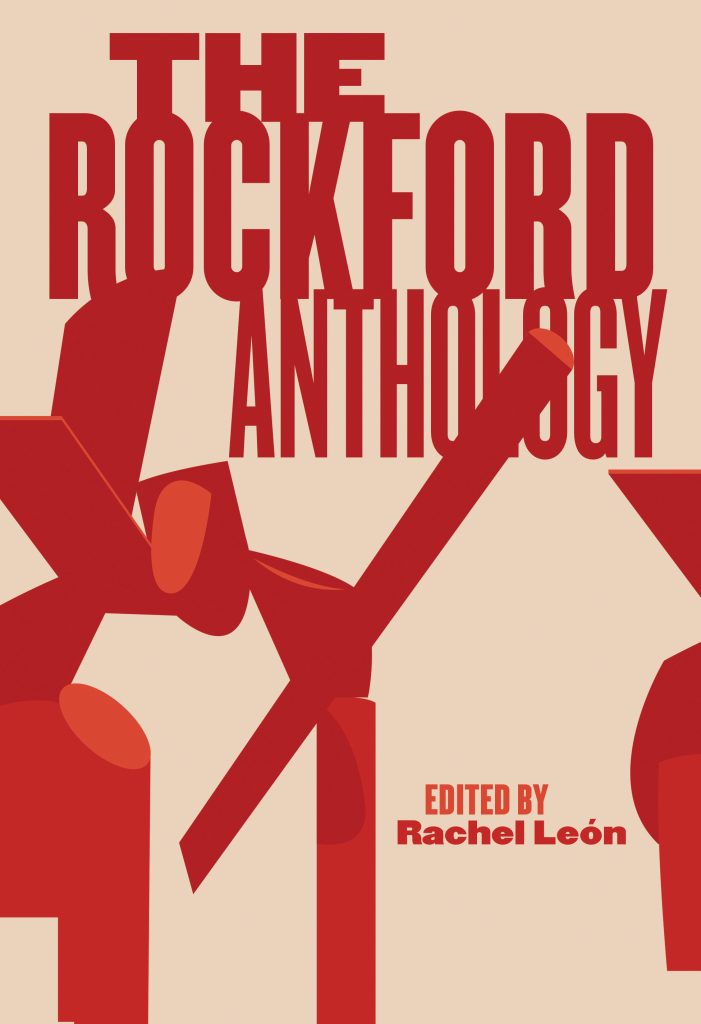
Perhaps best known as the home of the Rockford Peaches, the professional women’s baseball team featured in the film A League of Their Own, Rockford thrived in manufacturing industries from the mid-19th to early 20th centuries (hence the nickname Screw City), hosted military training sites during the Civil War and both World Wars, and served as a destination for African Americans during the Great Migration. Over the past two centuries, immigrants from across the world have made Rockford their home, drawn by factors such as employment opportunities and an affordable cost of living. Rich historical threads run through The Rockford Anthology, from the imaginative time-hopping of Kyle Stedman’s “You Were Sledding, Remember?” to a chapter of LGBTQ+ history, previously unknown to me but meaningful to many locals, featured in Steph Comstock’s “Modern Pride, Victorian Secret.”
In news coverage and popular stereotypes, Rockford tends to be viewed as a city past its prime, with a grim economic outlook and a reputation for crime. The Rockford Anthology counters this narrative by highlighting the local activists, artists, and entrepreneurs who contribute to the cultural landscape and economy of their community. Contributors include Sarene Alsharif, founder of an online tailoring service focused on environmental sustainability; Linda Zuba, an attorney, activist, and human rights advocate; and Emily Klonicki, co-creator of a multimedia public art installation embedded throughout a local forest.
For many of the anthology’s writers, connections to family, friends, and neighbors are what makes their hometown so special. “The sense of community in Rockford is undeniable and has been my saving grace,” writes Melissa Massiel Blanco, who grew up on the West Side of Rockford and has returned to the city for several stretches of her adult life. “There is this strong sense of community here and a lively and supportive public system—for instance, the park district, or events like the farmers’ market or Midtown,” adds Deepshikha Shukla, a physicist who currently works as an associate vice president and dean at Rockford University. “Those things you usually see in smaller places are here, yet it’s a big enough city, you can find diversity in ethnicities—going from hearing Swahili being spoken to Laotian or Vietnamese, or Tagalog, and everything in between. There’s a diverse neighborhood feeling you get in Rockford.”
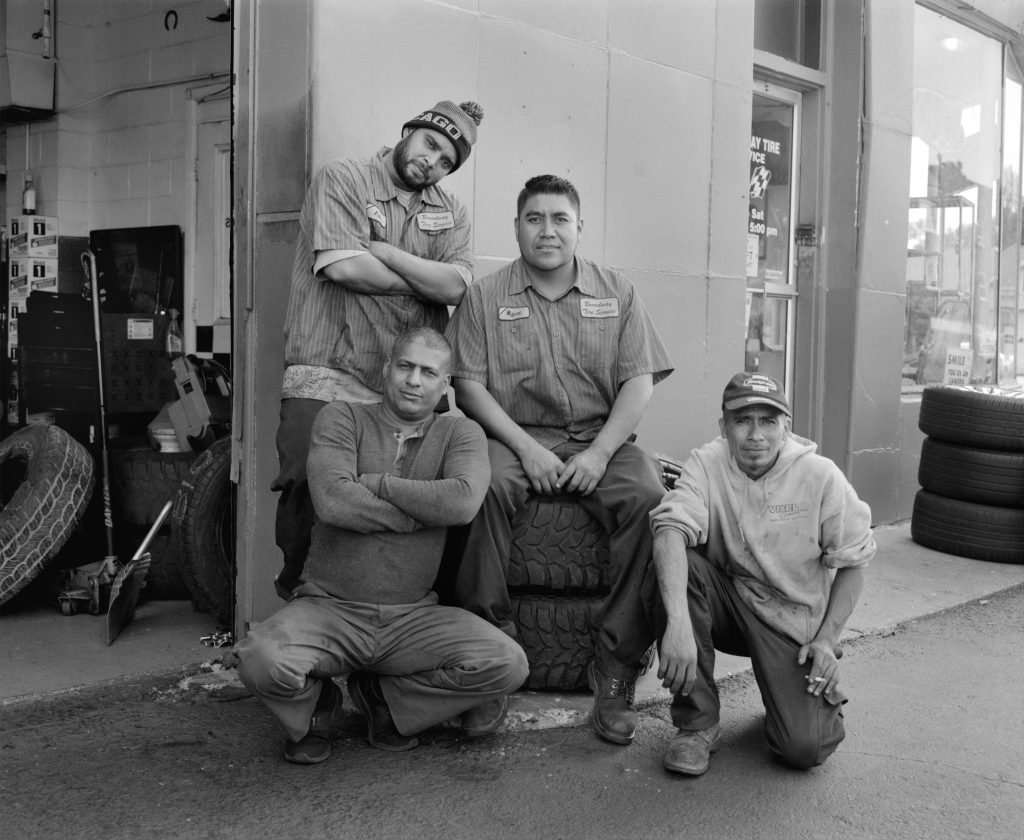
Christopher D. Sims, also raised on the West Side, writes the following tribute to the local Black community: “Black Rockford is soulful. It’s a community of leaders, artists, business owners, wise women, and skillful men. We are working-class people with hearts, as well as intellectuals who have attended HBCUs in the South and brought that education back to Rockford to uplift our community. We are proud of the work we have done here, and we are celebrated for it.”
While full of love for its people, Sims and other contributors are also clear-eyed about their hometown’s many problems, past and present. With a legacy of redlining and restrictive neighborhood covenants, Rockford remains ethnically and economically segregated. Kathie Mattison recalls becoming aware of these realities as a teenager in the 1960s: “As I grew older, I began to notice discrimination in the city, segregated neighborhoods. At athletic events with other schools, I saw how our teams were treated, especially the Black students. What was wrong with us? Why were people afraid to come to our neighborhood?” After leaving Rockford and later returning, Mattison now serves on the education team for the nonprofit Eliminate Racism 815. “Since retirement, I’ve been able to address the issues that’d led me to leave Rockford: racism and segregation,” she writes.
Other writers share their personal experiences of gun violence, domestic abuse, poverty, or homophobia. In one of the collection’s most moving essays, Academy Award-nominated filmmaker Bing Liu recounts his unstable childhood, living in a string of homes across Rockford and not learning until he was older just how much his Chinese mother sacrificed to make ends meet and eventually obtain U.S. citizenship for him.
For all the fascinating historical insights and touching personal reflections to be savored in The Rockford Anthology, the passage that most reminds me of my home is about food—this is the Midwest, after all. Daniel Talsky conjures up the tastes of my childhood with the following: “Rockford has the pizza of semirural Northern Illinois. Thick—but not too thick—all-American pizza with no pretension. Cut into squares, of course. Honest, handsome, delicious pizza that will feed you and your kids—and you’ll still have a few slices left for lunch. Rich with gooey cheese and ultraumami toppings like thick, uneven wads of Italian sausage, black olives, mushrooms, and green peppers.”
Until reading Talsky’s essay, it had never occurred to me that the pizza I grew up with was regionally distinct; it was just the kind my family ordered from our favorite pizza joint (and still do when we get together). Now, as a proud Chicagoan, I understand the significance of local pizza styles as well as anyone from New York or Detroit, so it tickles me to realize that Northern Illinoisans can claim a pizza of their own.
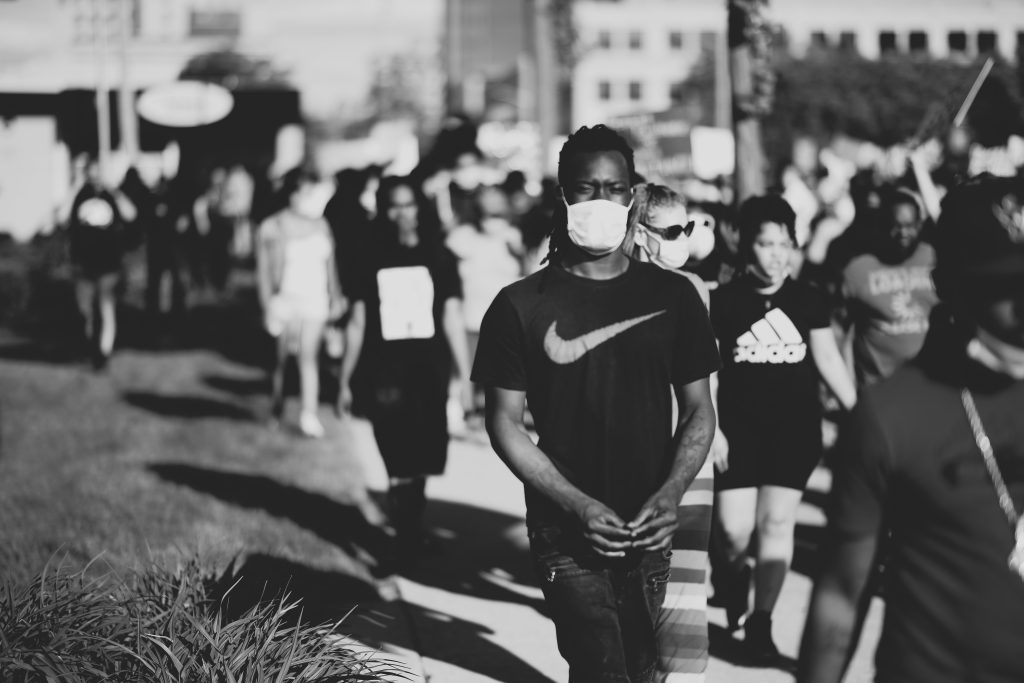
As someone who feels nostalgia for my hometown but is much happier living in a larger city, I resonate with the complicated push and pull of Rockford that Talsky and others describe. “As a teenager, getting stuck in Rockford was a fate worse than death,” Talsky writes. Despite the title of his essay, “Voted Most Likely to Escape,” he moved back to Rockford after several decades away and experienced “a feeling of immediate belonging.” Many of the essays by contributors who have left and returned—for reasons such as proximity to family, a personal crisis, or a desire for a more gently paced lifestyle—give me pause. At this point in my life, I can’t imagine feeling anything other than stifled and isolated without access to Chicago’s vibrant arts and culture scene, gorgeous lakefront, and walkable neighborhoods. But still I wonder, “Will that ever be me?”
Richard Cascio’s essay, “You Go East, I’ll Go West,” most closely matches my feelings on the subject. “I’ve witnessed friends and family flourish in Rockford despite the city’s imperfect struggles of rebirth and redefinition in a postindustrial era. That was never going to be my path. Rockford and I share the soulful intimacy of time spent together, but not the comforting ease of home. The city and I have a beautifully agonizing need to find ourselves, but we weren’t destined to do that together,” he writes. “I have, at best, a century to make sense of myself. Rockford has the luxury of time that I do not. … My time there was a brief chapter in a much longer story.”
I’m grateful to The Rockford Anthology for illuminating a place that represents a brief but important chapter in my own story, too, with such honesty and authenticity. This book gives voice to writers young and old, novice and professional, of various genders, ethnicities, nationalities, and religions. What would it mean for others to have the opportunity to perceive their hometown through new eyes? What would it change? I wish everyone could see their hometown receive this level of thoughtfulness and care, whether they’re from a big city, a small town, or, like Rockford, somewhere in between.

About the Author: Emily McClanathan is a freelance arts journalist and critic based in Chicago, primarily covering theater, books, and music. Her work has appeared in the Chicago Tribune, Chicago Reader, American Theatre, Playbill, INTO, and more.
